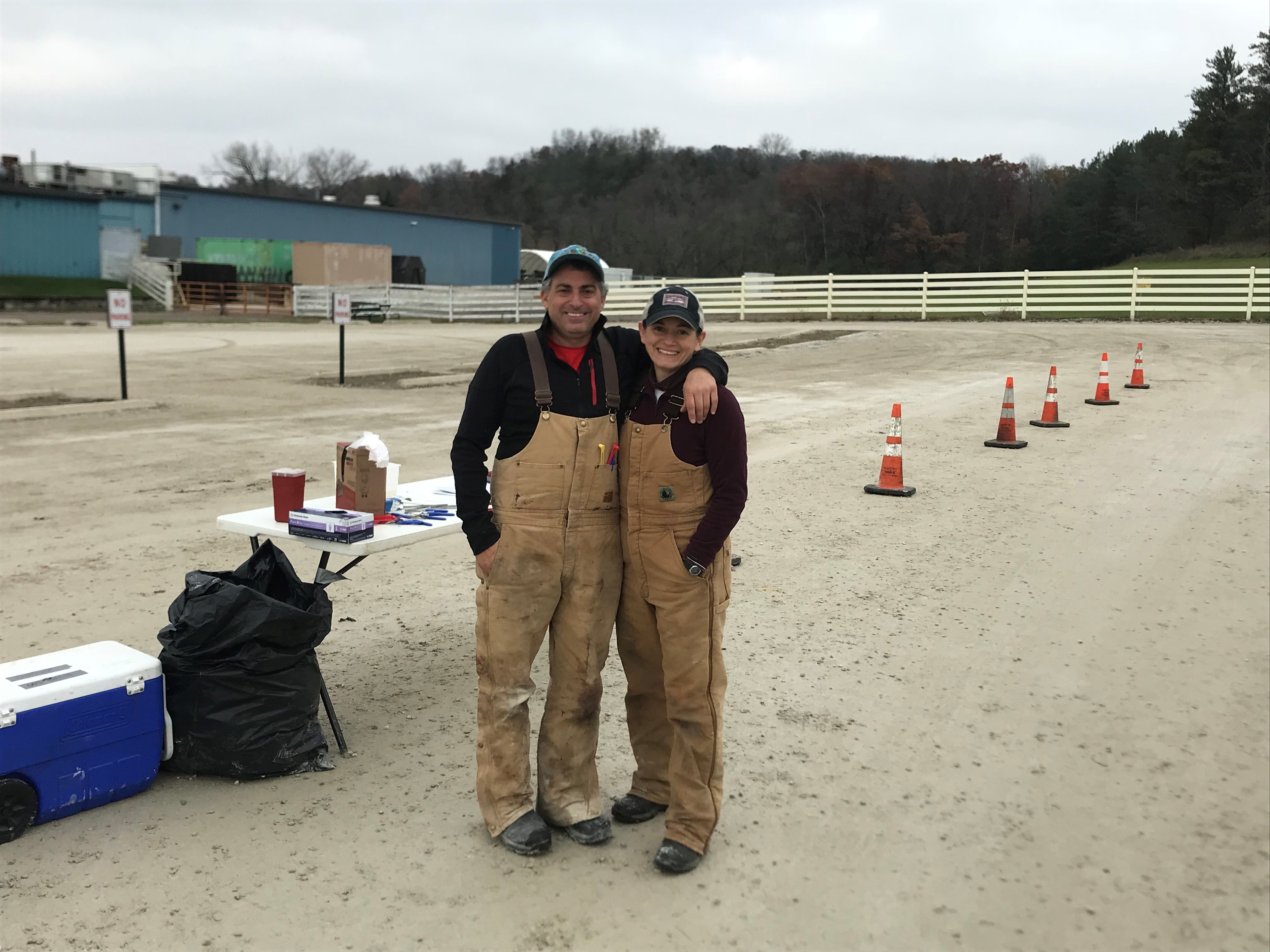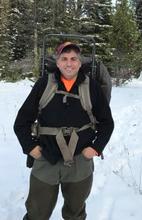
Lou Cornicelli and Larissa Minicucci, working a CWD check station in 2017
Lou Cornicelli, PhD, is the wildlife research manager for the Minnesota Department of Natural Resources (DNR) with a background in both the biological and social sciences. He supervises Minnesota’s chronic wasting disease program and has worked on various aspects of CWD surveillance, policy, and management for 20 years.
Dr. Cornicelli will be presenting "Minnesota's CWD Response" on Saturday, September 14th at 12:45pm, at the upcoming Bell Museum event: Spotlight Science: Chronic Wasting Disease
Why did you become interested in CWD research? I can comfortably say that when I entered college in the 1980’s, CWD was not in my vocabulary. In fact, when I took wildlife diseases in graduate school in 1990, it wasn’t even a topic area. As a long-term agency biologist (with a heavy emphasis on ungulate ecology), I really did not see the disease coming. I got interested in CWD partially out of necessity; as a deer biologist, how do you avoid CWD?
Over the last 20 odd years, my various positions with state agencies have required me to learn more and more about the disease, and its long-term implication to wild ungulate populations. I have been fortunate to interact with some really great scientists over those years, who’ve helped me sustain all aspects of wildlife health/population management. I also have a long-standing interest in the relationship between the biological and social sciences; simply, good research can answer some questions. Good policy can take that research to help make important, enduring decisions.
Why is it important for the DNR and Minnesotans to study CWD? I think the CWD issue goes beyond agency or University research. I would urge all Minnesotans to be aware of the disease and understand its potential long-term implications to our wild deer population. CWD is different from other diseases because of the way it can move through a population and sustain itself in the natural environment. In addition, we have a statutory obligation to manage wildlife for current and future generations. The DNR strongly believes in that obligation, despite how difficult the challenge may appear.
What research is the DNR doing to better understand CWD? The bulk of DNR’s work is in the area of disease response. However, we are also doing research to learn about the potential transmission pathways in southeastern Minnesota. We are currently doing a deer movement study that is looking at how deer use the landscape and potentially spread the disease. Our first year findings have been interesting in that we’re learning these deer move long distances within suitable habitat. Those results actually helped inform our southeast CWD zone boundaries this season. More information on the study can be found on the DNR's southeast movement study webpage.
We are also scoping out projects related to deer genetics, deer movement in the northern forest, and deer survival. All of these can help inform CWD management. Finally, we are collaborating with the University of Minnesota on their rapid test by providing their reference samples for diagnostics.
What should hunters do if they think they see a deer with CWD? If anyone, including hunters, see a deer that exhibits CWD symptoms, they should contact their nearest area wildlife office (PDF).
To learn more about CWD research and outreach, join us for Spotlight Science: Chronic Wasting Disease on Saturday, September 14 at the Bell Museum. z.umn.edu/BellCWD

